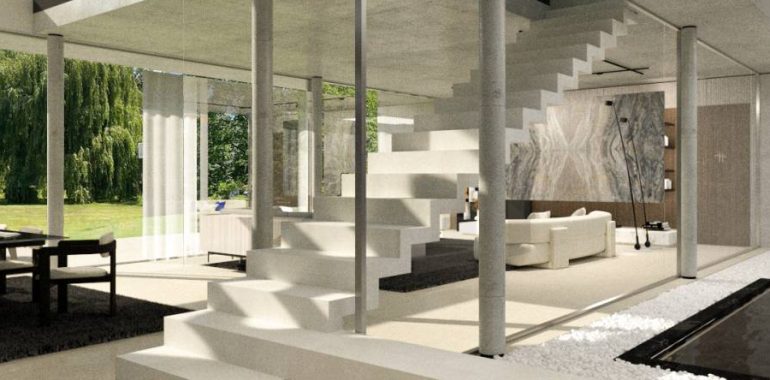Exploring the Beauty of Akari: A Comprehensive Catalogue of Japanese Lighting Art

Exploring the Beauty of Akari: A Comprehensive Catalogue of Japanese Lighting Art
The History of Akari Lighting Art
Akari lighting art was first created by Isamu Noguchi back in the 1950s. Noguchi was a Japanese-American artist and designer who had a deep fascination with the traditional Japanese paper lanterns. He worked tirelessly to combine the traditional craft with contemporary technology to create a new form of lighting art, which he called Akari.
The Meaning Behind Akari
The term Akari itself has a beautiful meaning. It is a Japanese word that means “light” in English. However, it is not just a physical illumination, but instead, it embodies a deeper, more philosophical meaning – the illumination of the spirit or soul.
The Characteristics of Akari Lighting Art
One of the most remarkable features of Akari lighting art is the use of traditional Japanese Washi paper. This paper is handcrafted from the bark of certain trees and possesses a unique blend of strength and delicacy. The Akari lamps, therefore, use this paper to produce soft, warm, and diffused light that is gentle on the eyes.
The Akari Catalogue
The Akari Catalogue is a comprehensive collection of Japanese lighting art created over the years by Isamu Noguchi and his team of artisans. It features different shapes, sizes, and colors of lamps, but they all share the same core philosophy of simplicity, balance, and harmony.
The Shoji Series
The Shoji series is one of the most famous and iconic pieces of Akari lighting art created by Noguchi. It features lamps that are shaped like traditional Japanese shoji screens, which are used to create a partition between rooms. The Shoji series lamps are often used as room dividers, and they give off a soft glow that creates a warm and cozy atmosphere.
The Akari Lanterns
The Akari lanterns are another popular series of Japanese lighting art created by Noguchi. They are spherical lamps that come in different sizes and are often used as table lamps or hanging lamps. The lanterns are made of handcrafted Washi paper and feature delicate geometric patterns that cast beautiful shadows when lit.
The Akari Ceiling Lamps
The Akari ceiling lamps are unique pieces of Japanese lighting art that are designed to be mounted on the ceiling. They come in different shapes and sizes, and they cast a soft glow that illuminates the entire room. The ceiling lamps are often used in modern Japanese homes, where the emphasis is on simplicity and elegance.
The Philosophy of Akari Lighting Art
The philosophy behind Akari lighting art is a reflection of the Japanese culture, which values the art of subtlety, minimalism, and mindfulness. Akari lamps are designed to be functional but also to evoke a sense of beauty and tranquility. They are not just objects that provide light; they are artworks that help create a peaceful and calm environment.
The Role of Akari Lighting Art in Modern Design
The use of Akari lighting art in modern interior design has become increasingly popular in recent years. Its simplicity, beauty, and elegance make it a perfect fit for minimalist and contemporary spaces. Akari lamps can be easily incorporated into any space, whether it is a home, office, or public space. They add a touch of sophistication and elegance and create a warm and welcoming atmosphere.
The Future of Akari Lighting Art
The future of Akari lighting art is bright, as it continues to inspire and influence designers all over the world. The timeless beauty and elegance of Akari lamps have made them a beloved art form that will continue to flourish for years to come.
Akari lighting art is more than just a source of illumination; it is a representation of the Japanese culture and philosophy. Its use of traditional techniques and materials combined with contemporary technology has resulted in a series of lamps that are both simple and beautiful. The Akari catalogue is a testament to the creativity, innovation, and artistry of Isamu Noguchi and his team of artisans. Its influence on modern design and architecture is undeniable, and its enduring beauty will continue to capture the hearts of many for generations to come.

